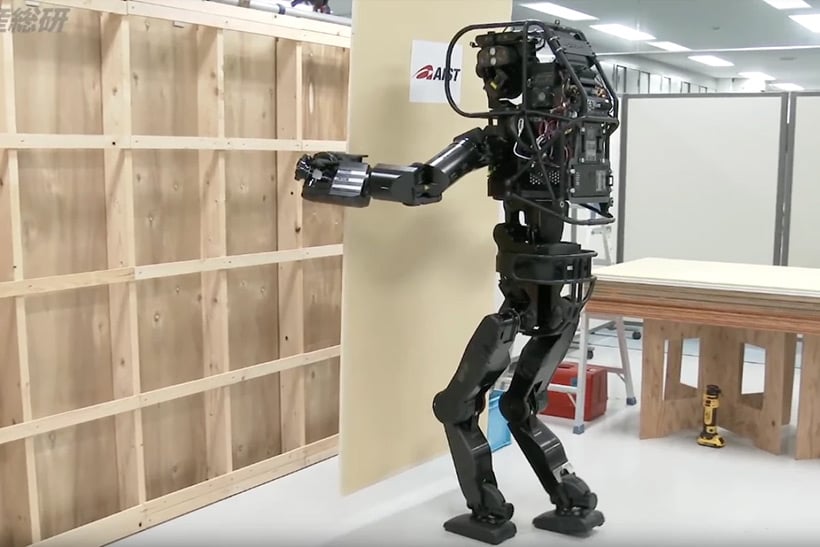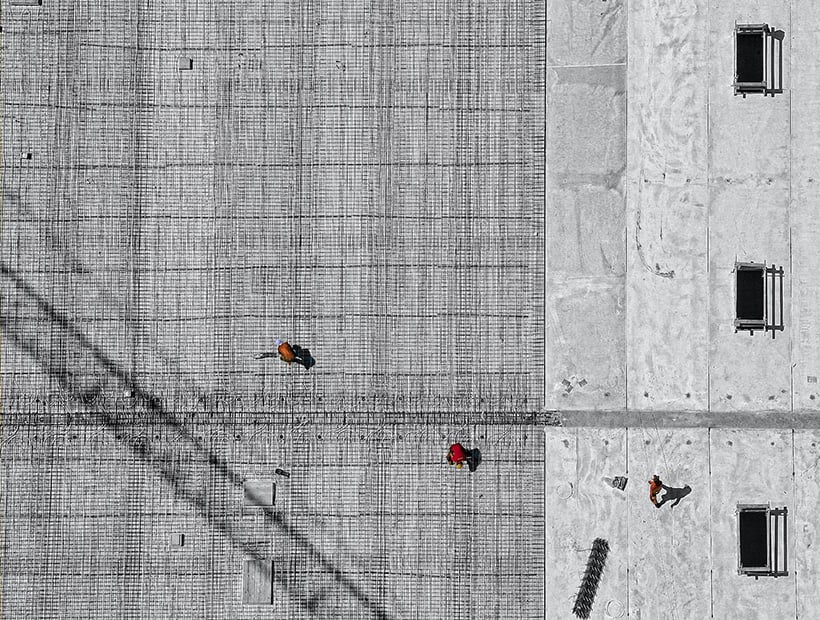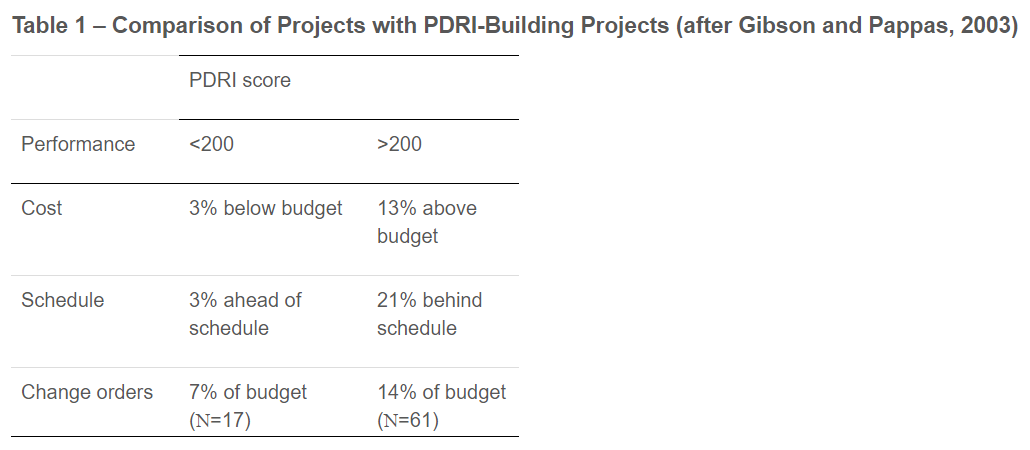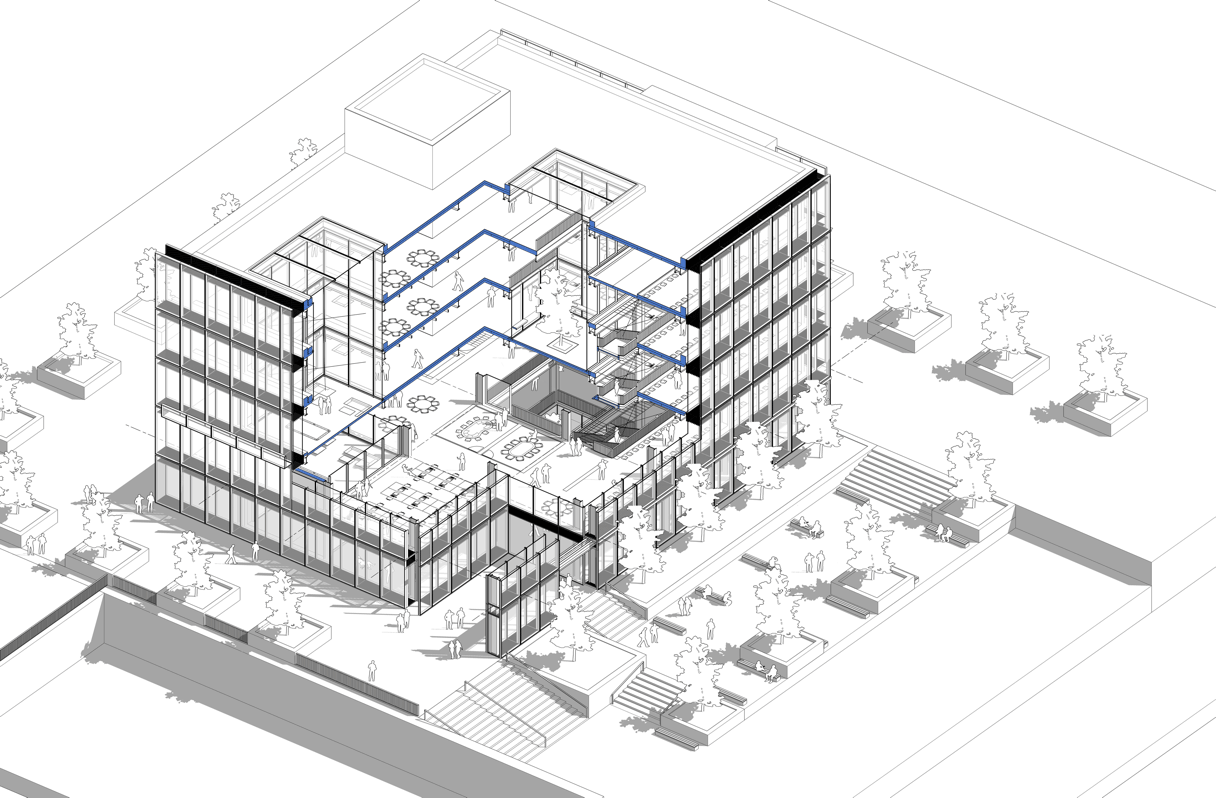Improving construction planning has an enormous ROI. Here are 3 ways to radically improve your pre-construction process.
Construction technology has been an emerging phenomenon for a number of years now. We’ve all seen the stats: $3.1 billion invested in 2018 in the US alone. That’s a 320% increase from the previous year. All this new innovation is leading to improvements across the sector, with some stages of construction getting more coverage than others.

WHO DOESN’T WANT TO READ ABOUT ROBOTS DOING WORK ON OUR SITES?
This does however draw attention away from the quieter, less glamorous, innovation happening at the pre-construction stage. BIM has been undergoing a quiet revolution for years now. Much can be said for how BIM is transforming the way we plan our buildings and infrastructure. It enables better collaboration, and it provides a shared understanding of data and models that improve quality and reduce errors.
However the model is only as good as it inputs. The fundamental data used to make that plan has only more recently started receiving improvements from the tech sector.
Today
For the most part you still have to rely on the experience of your planners when drawing up estimates. When planners are creating a schedule they’ll use some past project data to fill out assumptions. Some of those assumptions, ones made about ground type or weather variability for example, are likely to be no more than finger in the air estimates.
These assumptions then get folded up into a schedule and risk profile as the project becomes more developed, but once they are in there, are they getting changed?. How often are planners getting it right, or wrong? Although these decisions can take minutes to be made, it might be years later that the true cost is revealed. Small decisions at the planning stage will compound later down the line. Given low productivity rates and large numbers of projects going over time and budget we have to assume they’re getting it wrong more often than not.
No surprises
Ok so getting better at decision making during the pre-construction stage leads to shorter schedules, lower costs and less unnecessary risk. No surprises there. What are some of the newer technologies out there and how are they helping planners up their game?
The 3 technologies are:
- drones for surveying
- big data, such as weather data, for predictive analytics
- artificial intelligence

Drones
Through the use of drones, high definition cameras and mapping software planners can get remote access to incredibly detailed information about a potential worksite. The data captured during even a half hour flight over a site is much more useful to a planner than what can be gleaned from days of on the ground surveying. This improved granularity of data is fundamental to better decision making and the industry's use of drones is only set to grow. Drone adoption is up 239% (2019) in the construction sector.
Big data + Predictive analytics
Big data is another technology, when paired with predictive analytics, that can augment pre-construction planning decisions. Take weather for example, there are now large and global datasets that can infom, to a high resolution, the probable weather conditions on any day of the year. Considering the usual practice of the industry is to whack on weather risk as a fixed percentage depending on if you're in summer or winter, this can have dramatic improvements. A piece of research conducted by Reading University, in collaboration with Costain, saw a reduction in project duration by 10% through the use of big data and predictive analytics.
Artificial intelligence
Finally artificial intelligence. If construction companies can begin to harness the data they have available to them about progress, production rates, issues and errors, amongst many other things. Then a well designed AI could learn how your organisation reacts in certain conditions and could start to make suggestions if the same conditions are likely to be present in a future project. For example if your company consistently loses time over winter because of putting heavy concrete pouring operations in February, then the AI may start to suggest pushing this part of the program into the warmer months.
This is a simple example, but as we all know, AI is radically better at pattern recognition. An example from the legal world saw an AI review some legal documents with 94% accuracy in 26 seconds, it took 5 lawyers 92 minutes to achieve 85% accuracy. The machines are only set to get better too, making it even harder to comprehend what useful insights could be identified!
To conclude
High levels of planning completeness are tightly correlated with on time and on budget projects. Each corner you cut during the pre-construction planning stage results in lower quality, higher cost projects. Planners should no longer, and need not, be expected to create bids and plans without significant data and assistance. The image below illustrates just how significant the investment in proper planning can be.

PDRI is an indicator for how well plannned a project is. Less than 200 is a well planned project. Above that number and it is increasingly poorly planned.



